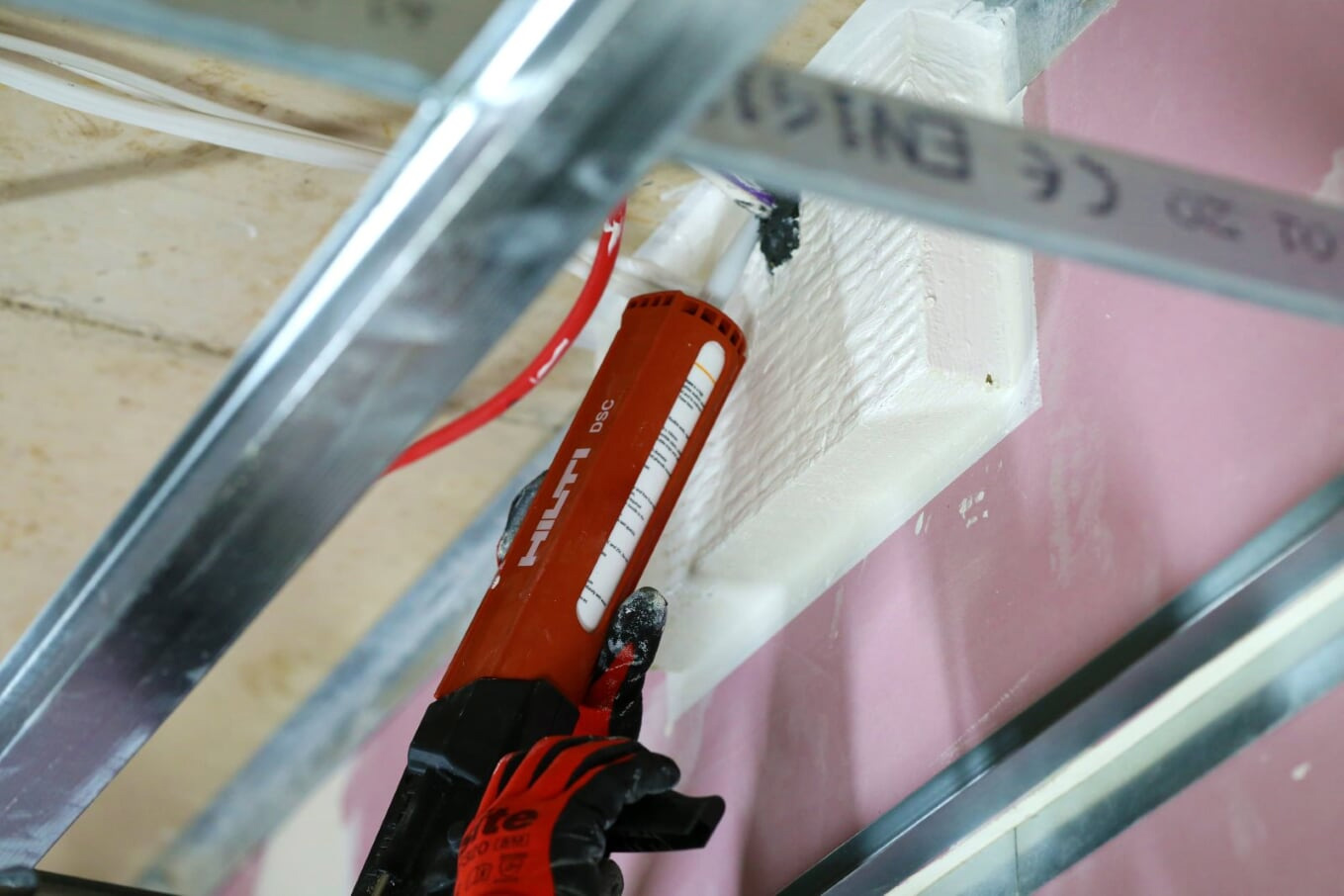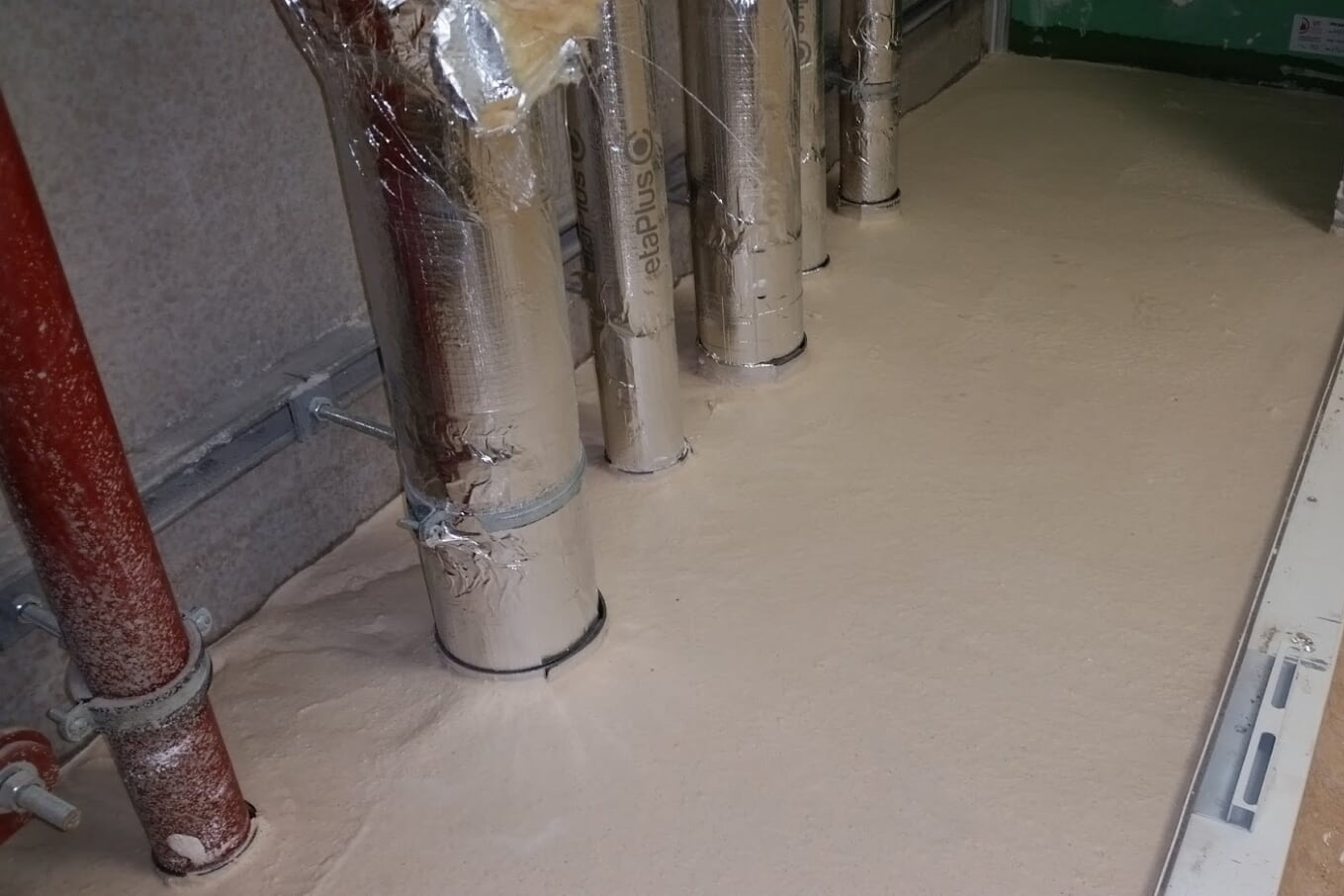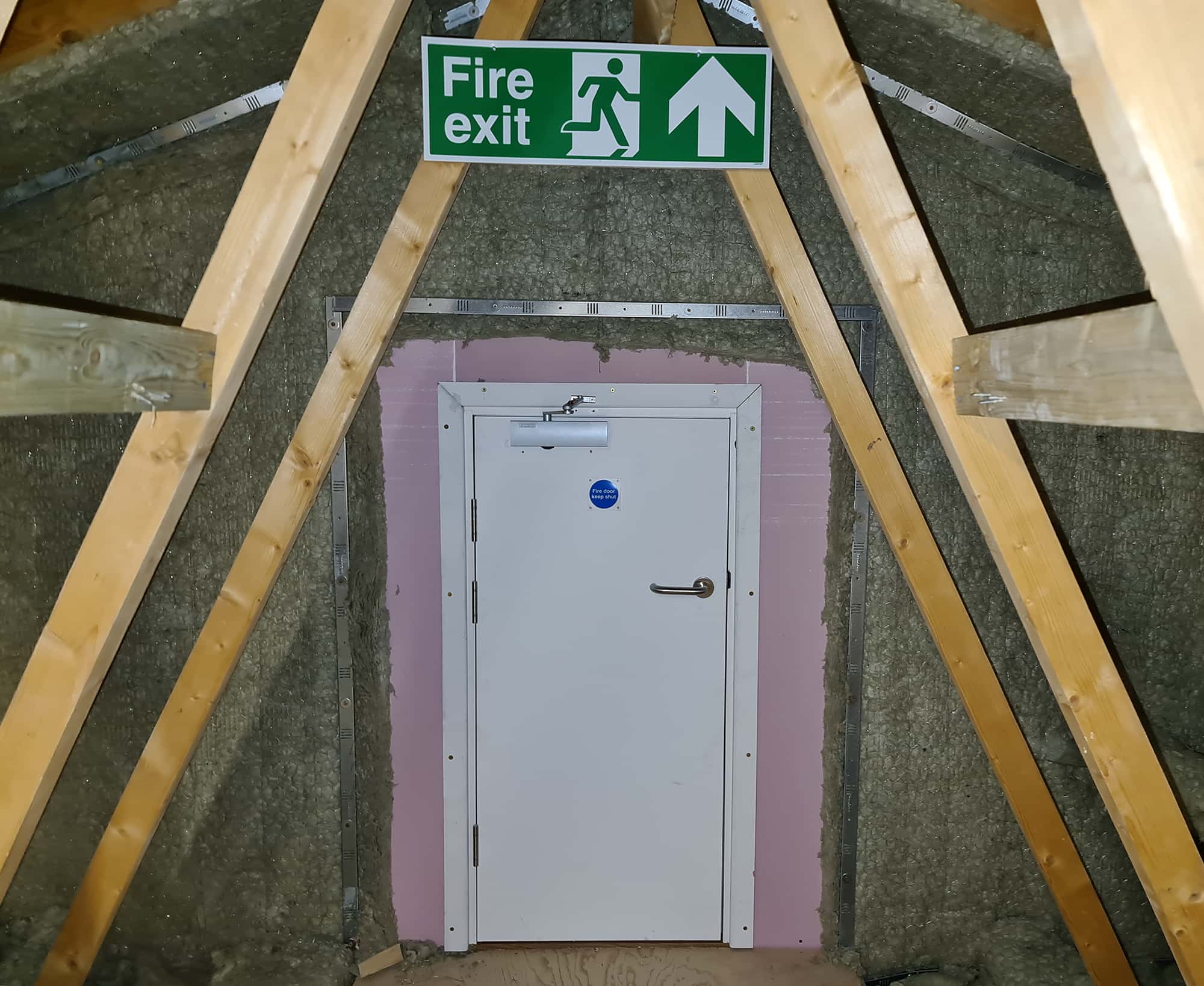Passive Fire Protection Products & Materials
Passive fire protection can be incremental in protecting people and retaining a buildings’ structural integrity, saving money and lives. Comprising of multiple different components, such as structural protection, compartmentation, and fire stopping materials, passive fire protection is a part of the building and aims to reduce the spread of fire, harmful gases and smoke.
See more: Passive Fire Protection – Everything You Need to Know About Passive Fire Protection
In comparison, active fire protection requires action and distinguishes fire. The two solutions work hand in hand to create comprehensive fire protection that reduces the damage of fire to buildings and lives.

Passive Fire Protection Products
Depending on the building, its structure and contents, there are a great number of possible applicable passive fire protection solutions. From fire-resisting doors and fire shutters, to suspended ceilings and cavity barriers, passive fire protection products cover structural adjustments as well as minor sealing tasks.
Passive fire protection products are not actual products and more services, such as barrier installations. Without professional consultancy and installation, passive fire protection solutions are likely to be ineffective – there aren’t off-the-shelf solutions. Use trusted and accredited installers to ensure your building and its contents have tailored fire protection, compliant solutions, and proper documentation management.
Here at CPFP we provide structural and fire stopping services; with three main areas of expertise:
Cavity barriers are designed to prevent the spread of fire in void spaces such as cavity walls, that would otherwise act as catalysts for the fire. By segregating and blocking void spaces with barriers, fire and smoke can no longer easily spread throughout a building. Additional to installation, we provide maintenance for cavity barriers, ensuring they remain effective over the years.
Find out more about cavity barriers here.
Penetration sealing is critical in preventing the spread of fire or smoke through gaps in walls or floors surrounding penetrations such as cables, ducts, pipes and more. Using fire-resistant sealants, the cavities created by penetrations that could be instrumental in the spread of fire are filled.
Similar to penetration sealing, fire compounding ensures gaps around penetration are securely sealed to prevent the spread of fire or smoke. Fire compounding substitutes a concrete slab with penetrations through it, creating an area of floor with load-bearing capabilities to handle light footfall. Fire compounding uses a fast setting gypsum-based system for fire-resistance and increased structural integrity.

Passive Fire Protection Materials
To be compliant with UK regulations, passive fire systems have to be able to resist fire for a specific period of time, usually from 30 minutes up to a few hours. Additionally, products part of passive fire installations should be fire resistant; i.e. can resist collapse, prevent passage of smoke and hot gases, and resist heat conduction.
Logically, passive fire protection installations should not be made from combustible materials that cannot withstand fire. Fire stopping materials need to also prevent the spread of smoke so should be dense and have no cracks or gaps for smoke penetration.
Some of the materials we use for fire stopping installations include:
- Mineral Wool Ablative Coated Board
- Intumescent Mastic
- Intumescent Paint
- High Expansive Intumescent Mastic
- Intumescent Pipe Collar
Sealants
Concerning penetration sealing, the materials used can vary. Most commonly, intumescent sealants are used as they expand in the presence of high temperatures and increase volume. In the event that a combustible service pipe melts during a fire, the sealant will expand to fill the hole and prevent the fire spreading.
Other sealants are non-intumescent and are comprised of silicone or graphite.
Barriers
Barriers or boards used to segregate cavities are usually made of high-density materials with high temperature resistance. Materials for barriers include cement mortar, glass fibre, and mineral wool. As components of these materials are not combustible, they resist fire and create effective barricades to the spread.
Fire Compounding
A gypsum-based mixture is used for fire compounding. Gypsum itself is a non-flammable soft mineral so it resists fire and protects wall and floor penetrations.

Learn More with CPFP
If you are looking for comprehensive passive fire protection, get in touch with CPFP today. As IFCC certified installers of passive fire protection solutions we understand the unique requirements of each project and are able to facilitate project management. From improving current fire protection measures to starting fresh on a building in need of passive solutions, we can help. Here at CPFP we value quality and effectiveness, ensuring we do it right the first time.
Speak to Us Today.
Address: The Old Angel, Flax Bourton, Bristol, BS48 3QQ
Phone: 0117 450 9943
Email: info@cpfp.co.uk
